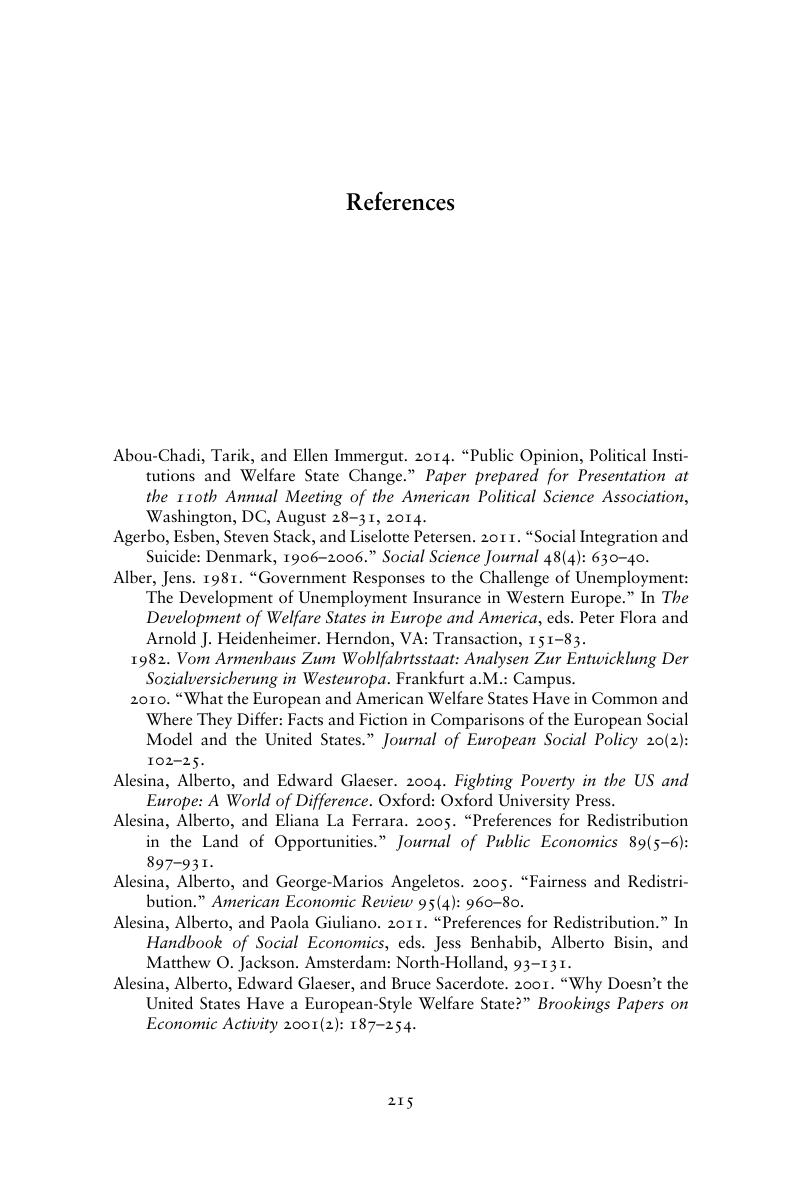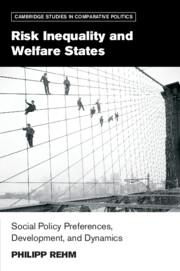Book contents
- Frontmatter
- Dedication
- Contents
- List of Figures
- List of Tables
- Acknowledgments
- 1 Introduction
- 2 Theoretical Framework
- 3 Preference Formation
- 4 Risk Perceptions
- 5 Risk Pools and Social Policy Generosity
- 6 Risk Pools and Retrenchment – German Reunification
- 7 Risk Pools and Social Policy Adoption
- 8 Crises and Social Policy
- 9 Conclusion
- References
- Index
- Other Books in the Series
- References
References
Published online by Cambridge University Press: 05 May 2016
- Frontmatter
- Dedication
- Contents
- List of Figures
- List of Tables
- Acknowledgments
- 1 Introduction
- 2 Theoretical Framework
- 3 Preference Formation
- 4 Risk Perceptions
- 5 Risk Pools and Social Policy Generosity
- 6 Risk Pools and Retrenchment – German Reunification
- 7 Risk Pools and Social Policy Adoption
- 8 Crises and Social Policy
- 9 Conclusion
- References
- Index
- Other Books in the Series
- References
Summary

- Type
- Chapter
- Information
- Risk Inequality and Welfare StatesSocial Policy Preferences, Development, and Dynamics, pp. 215 - 238Publisher: Cambridge University PressPrint publication year: 2016



